Hipsters or Height? Brooklyn-the-Brand Versus Brooklyn-the-Megacity
The new towers planned for Downtown Brooklyn represent more than sky-high apartments and office space. They’re a taste of Brooklyn’s megacity future — a destiny potentially at conflict with Brooklyn’s artisanal brand. When built, the 1,000-foot-tall tower planned for 340 Flatbush Avenue will be Brooklyn’s tallest structure. Its designers, SHoP Architects, are the creative minds behind some of the largest developments in…
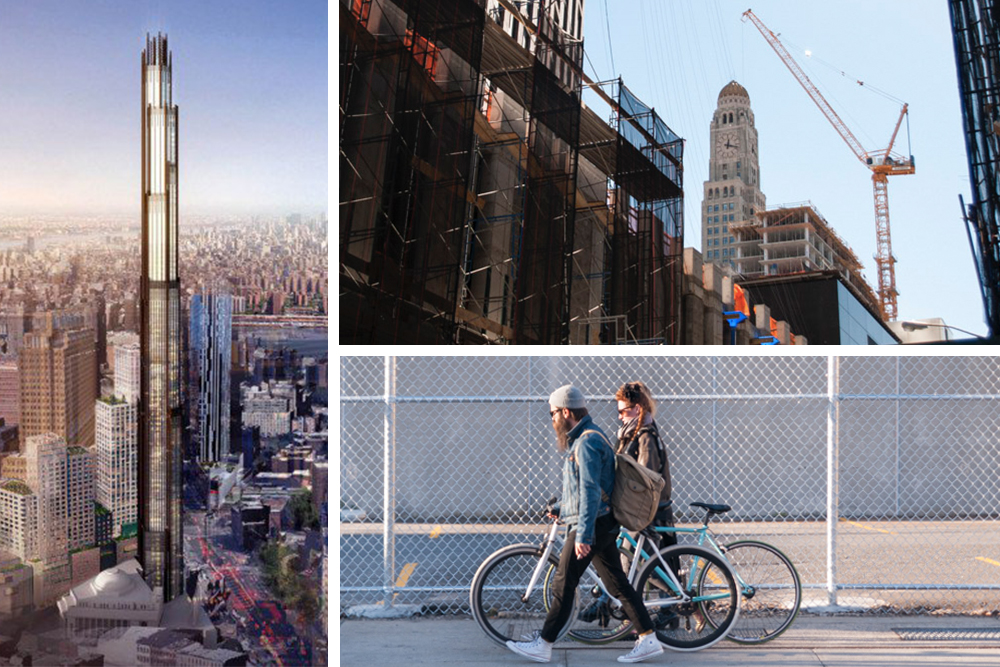
The new towers planned for Downtown Brooklyn represent more than sky-high apartments and office space. They’re a taste of Brooklyn’s megacity future — a destiny potentially at conflict with Brooklyn’s artisanal brand.
When built, the 1,000-foot-tall tower planned for 340 Flatbush Avenue will be Brooklyn’s tallest structure. Its designers, SHoP Architects, are the creative minds behind some of the largest developments in Brooklyn — including the new Domino Refinery buildings, Barclays Center and two of the Pacific Park/Atlantic Yards apartment buildings.
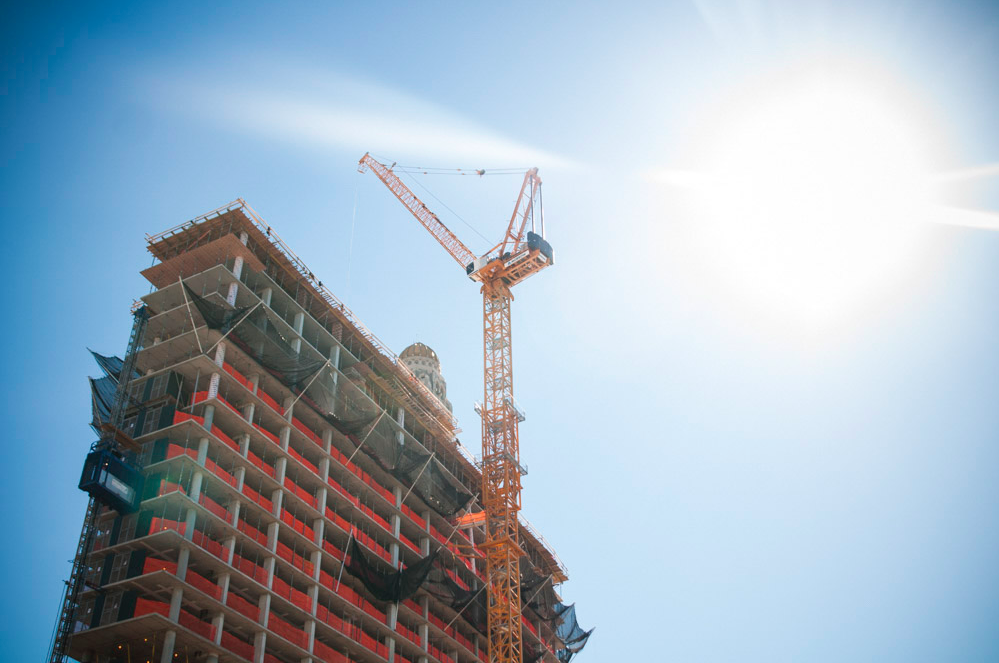
The Vision for a Taller, Denser Brooklyn
Though urbanist Vishaan Chakrabarti recently left SHoP to start his own architectural practice, his vision for a future of tall, hyperdense urban living pervades SHoP’s current work. In his 2013 book A Country of Cities, Chakrabarti writes that densely populated urban centers can be a silver bullet for solving society’s pollution, transportation, and infrastructure issues.
Even brownstone Brooklyn qualifies as “hyperdense” by Chakrabarti’s definition, but he argues that tall towers rather than historic homes will make the city’s growth sustainable and provide the tax revenue essential to support social programs.
With tens of thousands of new apartments and yet more office space planned for Downtown Brooklyn, the area could soon become a proving ground for Chakrabarti’s utopian urban vision.
“Where skyscrapers are permitted in city centers, per capita GDP tends to be higher.”
— Vishan Chakrabarti, Country of Cities
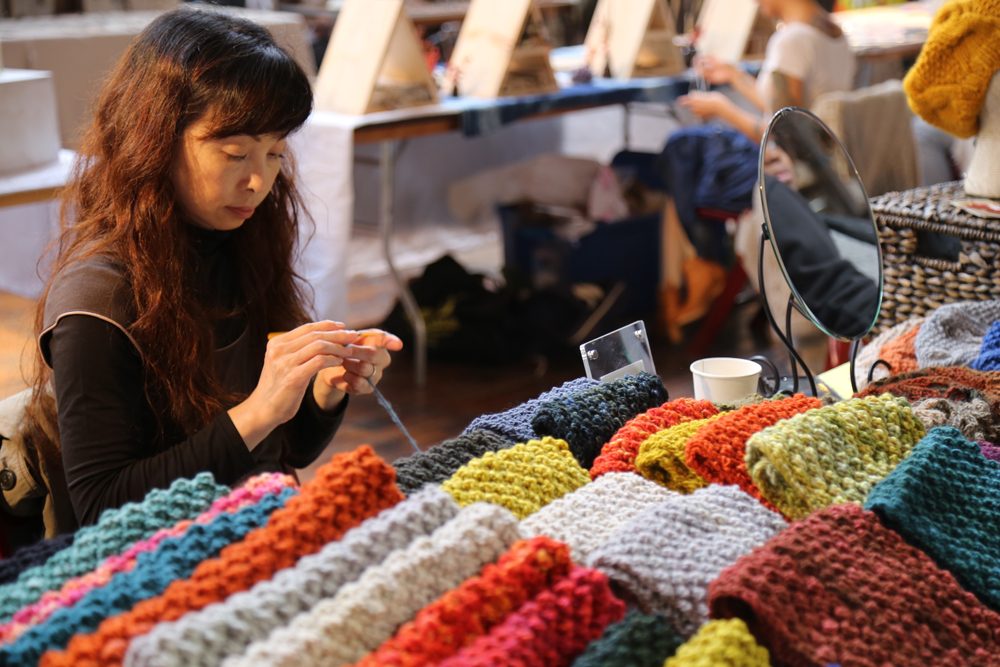
Hipsters Versus Height
But is this glassy, tower-filled version of Brooklyn at odds with the borough’s twee, hipster brand? There’s an unresolved tension between the small batch, artisanal aesthetic that prizes vintage typewriters and lumberjack beards, and the extremely dense, tech-driven modernism typified by Hong Kong.
An entire section of the Center For An Urban Future’s most recent report on the city’s creative economy was dedicated to “The Affordability Crisis,” saying:
“Artists and other creative professionals have a long and fraught history with the real estate market. When creative people move into affordable, often industrial areas, they tend to drive up real estate values, ultimately pricing themselves out of the neighborhood.”
Is the displacement of artists, writers, and other creatives just a natural part of the gentrification cycle? Should we just accept that artisanal Brooklyn is a passing stage of its evolution into startup Brooklyn?
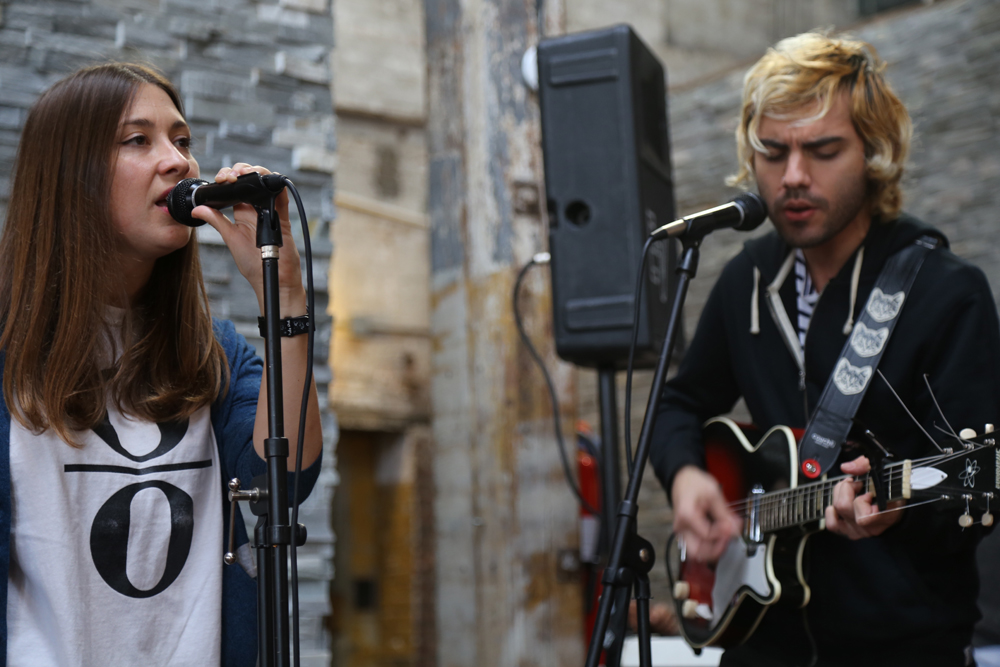
Keeping Brooklyn Low-Rise
A city-wide antidevelopment coalition — New Yorkers for a Human-Scale City — made of more than 50 neighborhood groups recently formed to fight against sky-scraping height and the chummy the ties between politicians and the real estate industry.
“It is a fallacy that to get density you need height,” said Lynn Ellsworth, a preservationist leading New Yorkers for a Human-Scale City.
Ellsworth told Brownstoner: “You can get very dense affordable developments. Such low-rise, high-density projects have been successfully built in New York City.”
Community groups and preservationists argue that zoning, height restrictions and landmarking help preserve existing affordable housing. The Prospect Park East Network (PPEN), which calls for downzoning parts of Prospect Lefferts Gardens, argues tall buildings cause residential rents to rise in an area generally, forcing out longtime residents.

Development and the Retail Scene
When community members debated the construction of a 23-story tower at 626 Flatbush in Prospect Lefferts Gardens last year, a representative of small business owners said they were concerned that high-rise development would set off a chain reaction of higher land values leading to increased rents and shorter leases for mom and pop businesses.
Many Brooklyn residents bemoan the sterility and characterless state of Manhattan retail — with rents so high that large corporations and global brands are usually the only businesses that can afford to set up shop.
By contrast, Brooklyn’s main retail corridors have gained notoriety for their smaller, unique stores.
The more money that flows into Brooklyn, the more its retail scene begins to resemble Manhattan — with an Apple Store, Whole Foods, and other major retailers popping up along its retail corridors.
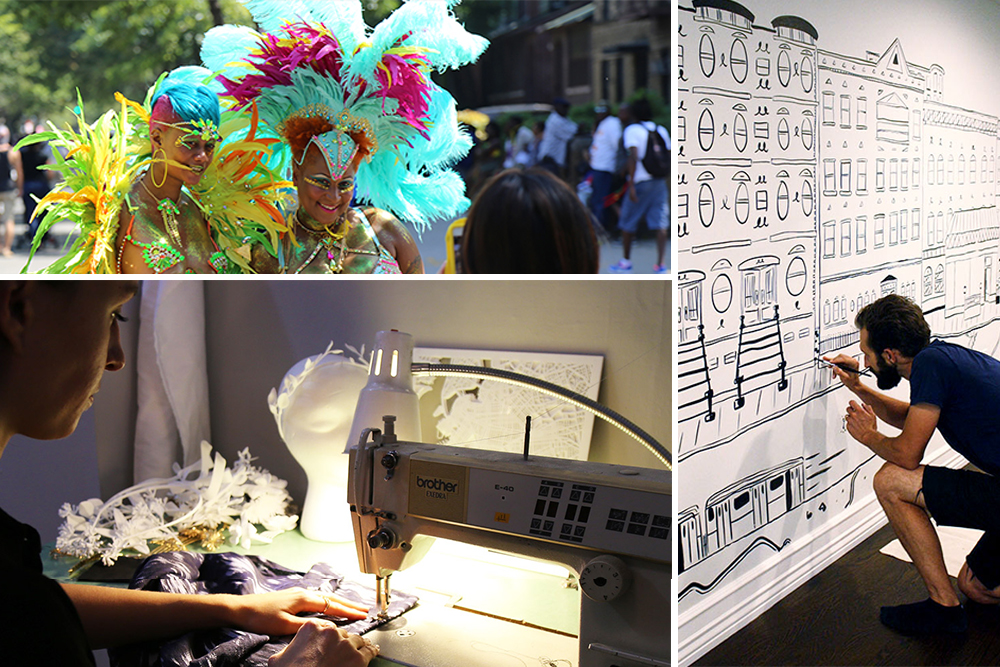
Density and Affordability
But one way of trying to keep more creatives and their quirky creative businesses is to expand the housing stock. In theory, even adding more luxury apartments could help to stabilize real estate prices — as wealthy folks would buy newer units, easing demand on slightly older mid-range units.
But building higher is just one option for increasing the number of apartments. There are other creative ways for the city to build its housing stock — including building on existing parking lots or underused spaces.
Mayor de Blasio’s current development policies use a number of different tactics to make more housing — building market rate apartments on underused NYCHA sites, upzoning East New York, encouraging more dense building along major retail corridors like Atlantic Avenue, and requiring the creation of affordable units for certain kinds of development.
And development in Brooklyn is booming. There are upwards of 22,000 new luxury apartments slated to come online within in the next four years.
But in spite of all this, it still looks like the middle ground is not going to get us to affordability. The majority of new units are luxury — on the higher end of the market — while the biggest need is for housing in the middle and on the low end. Last year, nearly 60,000 people applied for affordable apartments in just one Greenpoint building.
Should we encourage developers to build even more or even higher? Should we just accept that creatives and low-wage workers will eventually be priced out?
[Photos: Mary Hautman | Rendering: SHoP Architects]
Related Stories
The Nonexistent War Against Brownstones
De Blasio Zoning Plan Will Bring Mucho Affordable Housing to Brooklyn Mega Projects
Tower Twice the Height of Brooklyn’s Tallest Is Probably Coming to Downtown Brooklyn




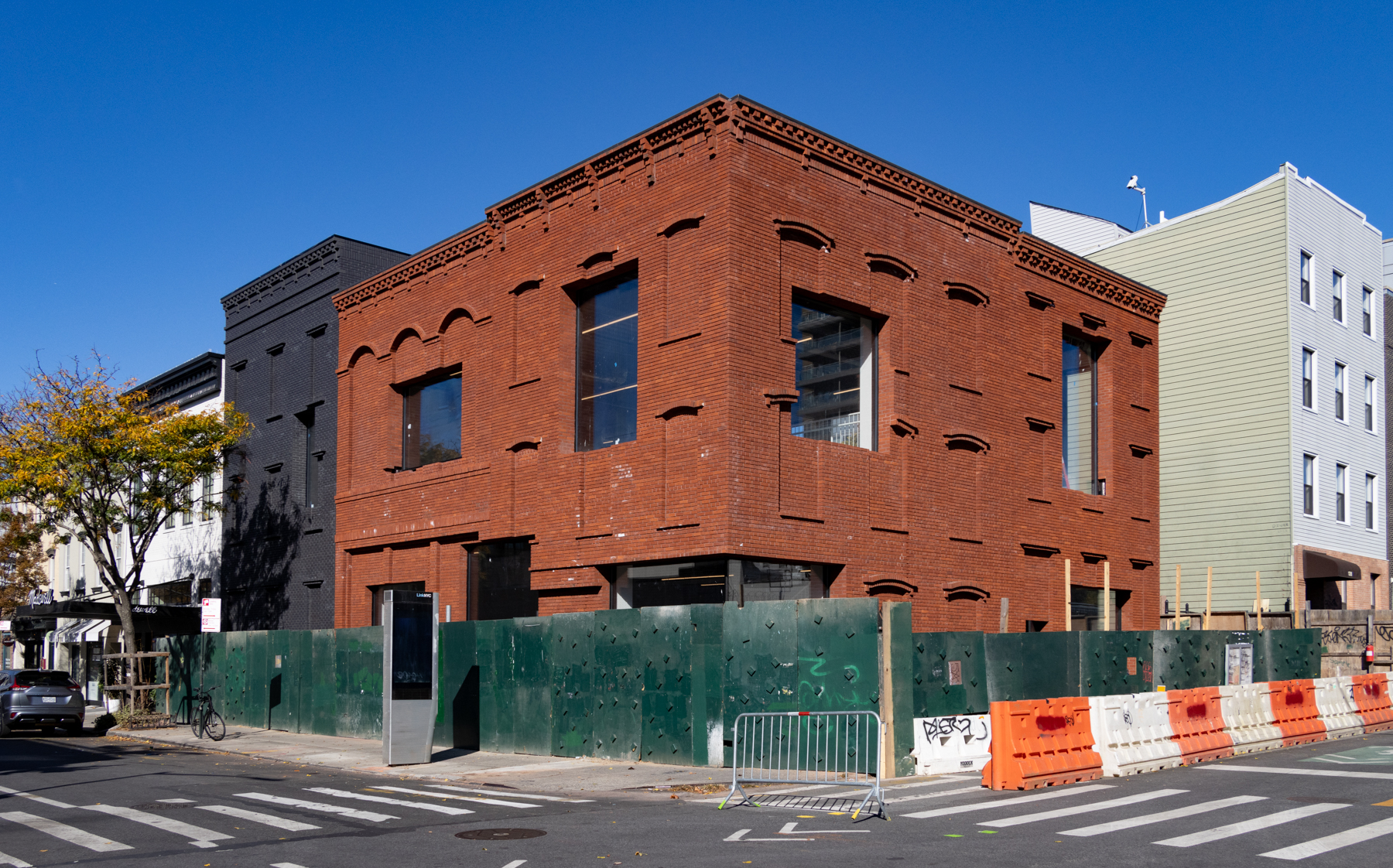




Both are bad choices.
Tall masses of residential luxury and condo towers dont constitute a mega city in my opinion. These are only exclusive sterile vertical suburbs. A true mega city has office and hotel buildings of witch Brooklyn has sprouted few. There needs to be business, companies and jobs along with trade and activity.
The hipsterish craft movement economics are dependent on a trend. This could just be a dead end trend as was the hippie movement. What happens when the trend is over?
On zoning:
The people that think down zoning will keep affordability are out of their minds. However the people that propose height will solve a lot of these affordability problems are also mistaken. Down zoning will keep inventory low as demand will climb so will prices and rents. Tall luxury developments only increase rent prices in the surrounding areas as was proven in Fort Greene. The best way to go forward is to up zone vast swaths and corridors of the boroughs that will allow for a mix of luxury, middle income housing. There also needs to be a deal made with construction unions. City government needs to think of what housing, job demands will be, not only toward the 2020’s but the 2050’s and 2090’s . Just up-zone! The sooner the better.
I had an interesting idea for artists. They can use their skills and talents to create an undesirable neighborhood in the eyes of developers thus protecting themselves. Its kinda crazy but it beats being developers bitches all the time. I think artists in these low cost neighborhoods should band together and create a theater of crime. Not real crme, A lot of acted out crime scenarios. It would be fun and inflate crime statistics. Investors/developers are mostly risk averse. Add to that smelly art outdoor sculptures and installations and they will leave the neighborhood alone.
Hi Gib, I see what you mean. I’m not saying that parts of Brooklyn don’t have a history of middle-class affordability. But I do think it’s pretty clear that what we’re doing now in terms of development — building higher, building more, but still not building enough — is going to have to change if Brooklyn is to stay relatively affordable for the middle class, creatives, and even lower-wage workers. There’s a very possible future where Brooklyn becomes a luxury megacity without room for artists or makers lacking venture capital. That kind of growth undermines the brand that helped make it such an attractive place to live and work.
you’re absolutely right. but, where does this leave the artists? they’re people too, not chopped liver, or an abstract concept that can just evaporate when no one needs them anymore. the artists who were indirectly responsible for creating “brooklyn the 21st century brand” (and by creating i mean inadvertently catching the attention of corporations who sought to capitalize on a lifestyle for profit) have a lot to lose in this scenario, if they haven’t lost/left the city already entirely. the people in the five-decade history of brooklyn you speak of have a better chance of emerging from the dust cloud because they might actually once in a while own their own homes…i agree that this article doesn’t do enough to acknowledge them…but let’s be real–they’re not really the reason the word “brooklyn” is emblazoned on apparel, cafes, and business as far away as Tokyo